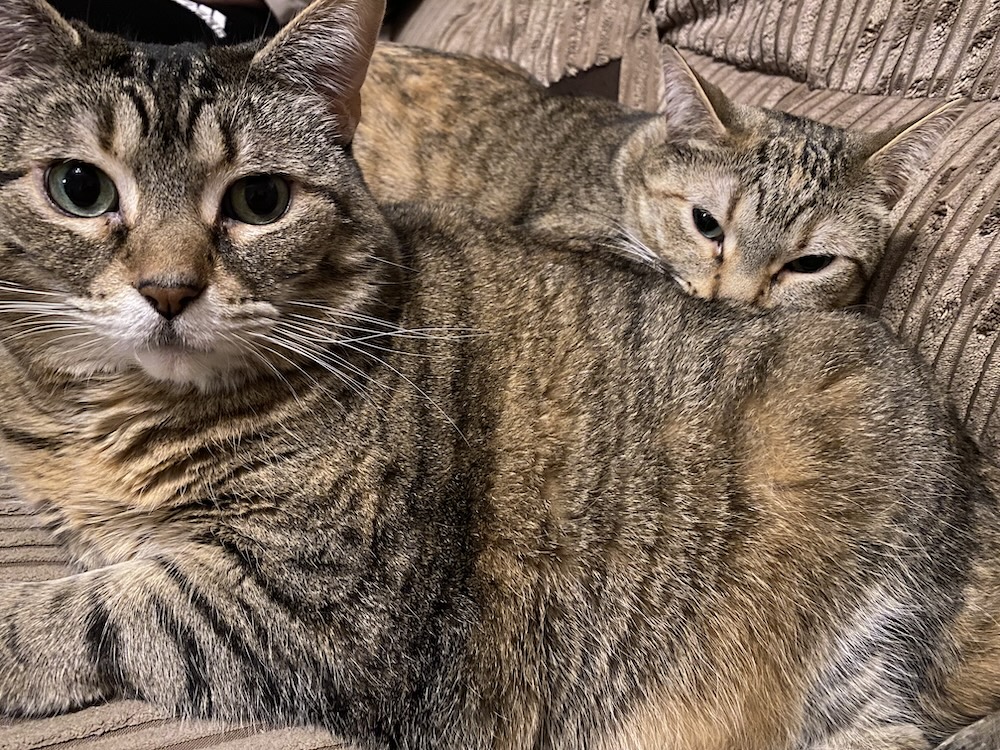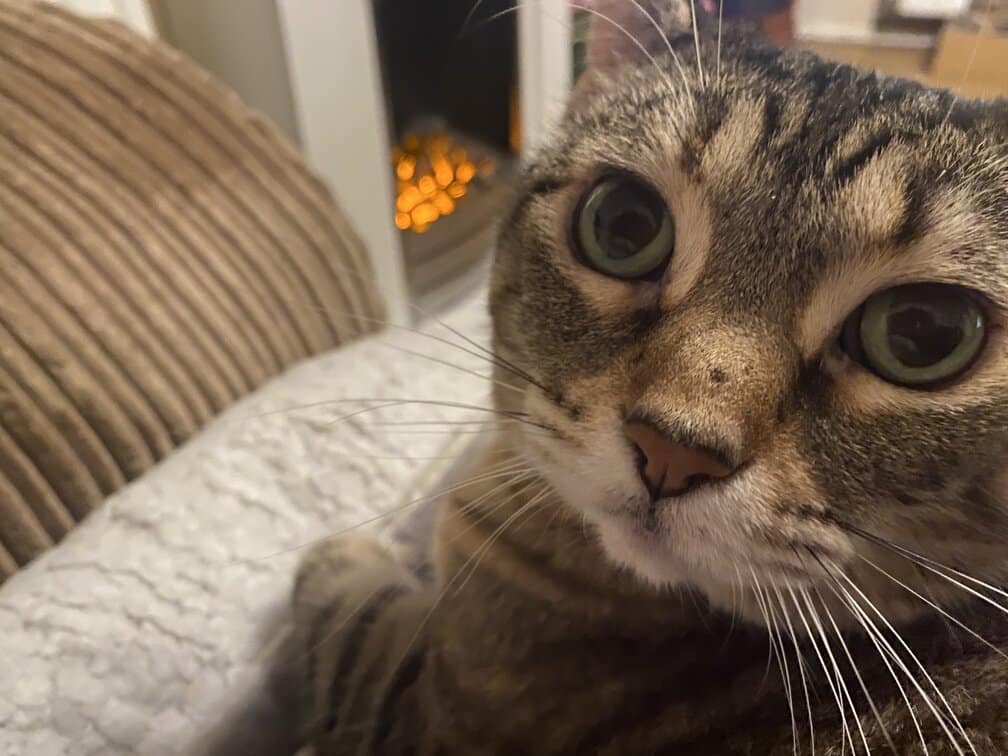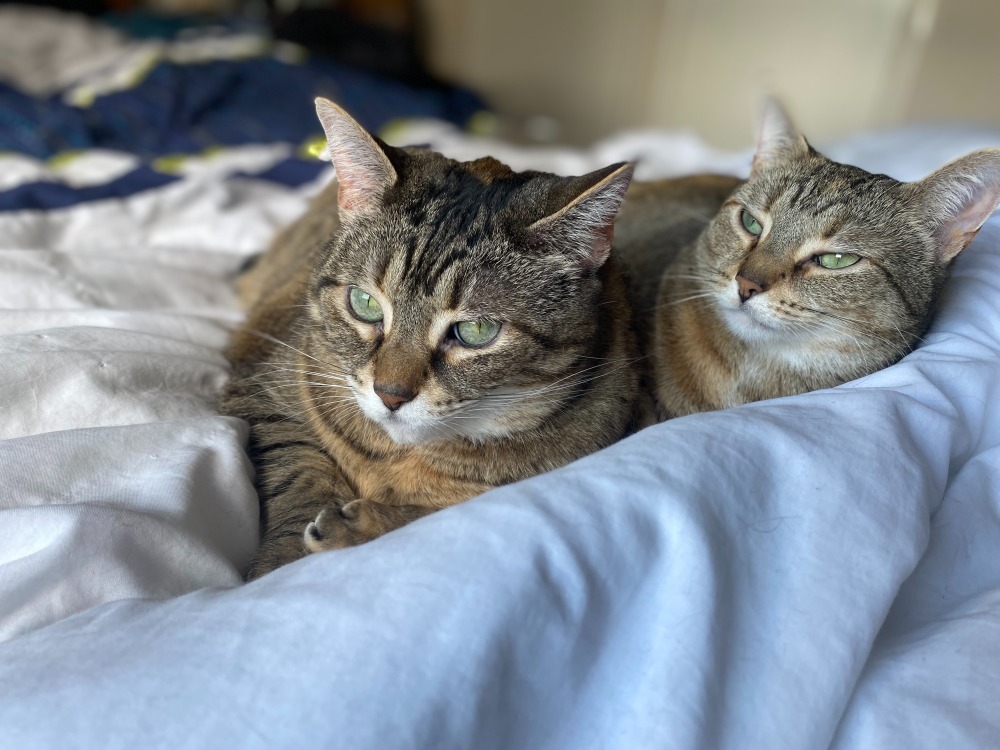- April 19, 2024
Wee!!! More Things to Love About Cat Litter Boxes

The information is current and up-to-date in accordance with the latest veterinarian research.
Hi, I’m Dr. Lauren! Read my introduction to learn more about me and my two adventurous cats, Pancake and Tiller.
Urine, pee, wee… it goes by many names. But, similar to an article I wrote a while back about stool in cats, urine can be equally informative for the owner of a furry feline. Not only does the amount of urine your cat is producing accurately represent the amount your cat is drinking, which can be a key indicator of kidney health and also a red flag for some diseases such as hyperthyroidism or diabetes (because, remember, what goes in, must come out!), but the urine itself can contain clues about your cat’s health. If examining poop wasn’t your thing until you read my last article, now we can double the usefulness of being a little box sleuth or a guano gumboot, to help you keep your cat as healthy as possible.
The Ins and Outs of Urine
Why is it called urine or wee?? Originating from the Greek word oûron, urine also means “water”, hence all things relating to the urinary tract such as ureters, the urethra, and urogenital all take some form of the root word.
What are the normals? Typically, metabolism within the body means that cats produce urine at a rate of 1-2 ml/kg/hr. Since what goes out must also be replaced, this is the same formula that vets use for calculating basal water intake requirements, when deciding on what rate for IV fluids to use in patients for surgery.
At home in the litterbox, what this means is that cats, on average, urinate 2-3 times daily, and generally a clump would be expected to be about the volume of their bladder, ranging from plum to orange-sized. A mild to stronger door of urine may be present, stronger yet if a cat is an intact male due to the influence of testosterone. Urine is generally yellow or golden in color. Owners tend to underestimate the frequency of urination in their cats, so don’t worry too much if your cat doesn’t seem to fit the above! Interestingly, the same above study found that healthy cats compared to abnormals spend more time in litter covering activities.

What Should You NOT Expect From Urine?
You’re in luck (urine- get it? Pardon the pun!), because if you know the normals, then picking up on any abnormalities with urine can be very easy. The following are things that might signal it’s time to speak with your vet, as they can indicate underlying health issues.
- Color changes: A red tint can indicate blood; orangey tints can indicate liver issues.
- Sticky urine: A feeling of stickiness in urine can potentially indicate the presence of sugar, which can be an indication of diabetes in some cats.
- Sparkly urine: generally, crystalluria (or crystals that have formed in the urine) aren’t visible with the naked eye. However, sometimes when urine dries, if it contains a significant enough amount of crystals, it can appear sparkly, as the crystal facets reflect light, much like a diamond. I’ve had many clients bring their cat in for having sparkly urine, where we subsequently diagnose crystalluria.
- Change in smell, or very strong smell: Some people seem to have uncanny sniffers. Genetically, some people can smell ketones which can indicate a serious complication in metabolic diseases such as diabetes. I’ve worked with other people in veterinary clinics that swear by an ability to detect urinary tract infections, from the smell of urine samples that are brought in. They might give some of the gluten, bomb, seizure sniffing dogs a run for their money- it was uncanny how accurate they often were, though much remains to be standardized and validated.
Other Urinary Things People See As Normal That Aren’t
- Being a good drinker: This more often than not indicates your cat has an excessive or pathological need for water.
- Urinating very small amounts, often. This can indicate an increased urgency to go- which may stem from issues such as urinary tract infections.
- Crying while urinating. This may indicate pain, which can arise from infections, crystals, stones and blockages.
- Going into the box to urinate, then leaving without producing urine. Just as you or I don’t go to the toilet and have a false alarm, neither do cats.

In Conclusion
It may be affectionately known as liquid gold more as a joke, but in reality, urine can be a key indicator of the health of your cat. So next time you are scooping the box, and disparaging over yet another thankless task, try reframing it into a mini health checkup that you are providing your fluffy feline. They only visit their vet once or twice a year- whereas with the litterbox, and monitoring stool and urine output and characteristics, you have a daily opportunity to assess the health and happiness of your cat. Now that’s a bargain! (As a pet owner myself, I’ve got to say that Pancake definitely approves of both a clean litter box, and a clean bill of health!)
Tags
What do you think?
Related Articles

New Puppy Checklist: Gear You’ll Need for Your New Dog
Getting a new puppy is really exciting, but before you welcome them home, it’s important to prepare your space for them. Since puppies need a

How Big Do Mini Poodles Get? Vet Reviewed Average Weight & Growth Chart – Dogster
The information is current and up-to-date in accordance with the latest veterinarian research. Learn more » When you buy a Miniature Poodle, you might not

Can Police Dogs Smell Nicotine? Vet Verified Facts & Info – Dogster
The information is current and up-to-date in accordance with the latest veterinarian research. Learn more » While cigarette sales have been declining steadily for decades,

How Old Is 5 in Dog Years? Vet-Approved Guide to Each Size of Dog – Dogster
The information is current and up-to-date in accordance with the latest veterinarian research. Learn more » A common method for calculating a dog’s age is

